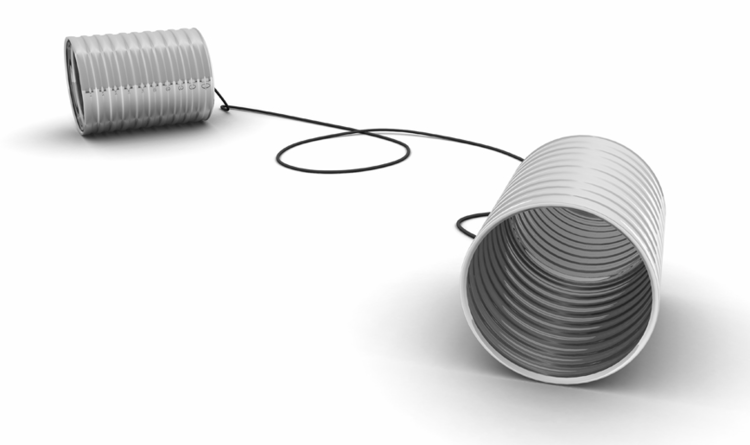Queen Nesting updates
/It's been a hectic week, so this is a short consolidated queen update. It's been record-breakingly hot for March (in scotland, at least) this week, so we took timeo out to try and catch some queens and introduce them to our nest box. (The Pilkington is the default).
Here's a rundown:
- Sunday, 13:45 QB2012-07 - I caught a redtail. We placed the capture tube up to the box and left it. However, we loosened the moss at the end, compared to the previous day, since the previous queen had not managed to escape herself. However, this queen never went into the box and just broke her way through the moss and escaped! We are not bothered: we would far rather they are not kept under duress.
- Sunday 16:45 QB2012-08 - I caught a bufftail towards the end of the afternoon. She was much happier about going in the box and seemed to explore it quite thoroughly. Although none of the queens had really made use of the long thin tube as an exit route, we left that attached to continue trying with it. Nearly 2 hours went by as we watched and we needed to "get on with things" and we figured she was probably there for the night, so we let her be.
I watched the CCTV intently from about 6.20am the next morning and saw nothing of her. By Midday BCW intervened and checked the box and she was gone. My guess is she actually left not long after we stopped watching the night before, since (with the clock change) sunset was now 7.30pm, she would have had a decent amount of time to leave. - Wednesday 14:45 QB2012-09 - I caught a redtail searching along the (side at first, and) base of the ditch in the field. She was fairly placid in the tube (unusual for a redtail!) and went into the box quickly. Again, I switched the tubes for the long thin one, but she never used it to exit. I think it is too long and dark to be an obvious exit. After about an hour I swapped it for our short funnel, stuff with grass. She quickly spotted this from inside the box and worked her way out. She was actually quite placid about leaving - and in fact did the nearest we have seen to "memorising" on her way out, though I don't think it was. More like orienting herself I think. Anyway, I videoed it, so see what you think. ☺
(sorry for the quality in the latter half - once the bumbles are more than a few feet away they are almost impossible to track and see!)
Other Queen updates
I also saw our first Vestal Cuckoo bumblebee today - sadly couldn't get a decent enough picture.
While I was working in the garden on the laptop, I also saw a redtail queen come to our baby cherry tree, about 4 times. I managed to get some pics of her flying around it, just for fun. Her tail is super-red!
redtail queen on cherry
redtail queen on cherry
redtail queen on cherry




